Spinning Adventure- DIY Sewing Machine Spinning Wheel
So in part one I tried my hand with a drop spindle and found that I enjoyed spinning but didn’t enjoy drop spindles. I spent ages scouring the internet to see if I could find a faster way to do things or build my own wheel from stuff I already had etc. New spinning wheels are very expensive and also huge and I just wasn’t ready to commit. So I just continued reading a lot until I understood the mechanics and became impatient.
Isn’t it typical that I have all of these ideas when no shops are open for parts? >_>
After researching Charkhas which are a type of hand turned spinning wheel I got to the point of “Screw it, I’ll do it myself”. So I gave it a little thought and then dragged out my sewing machine. All a Charkha is, is a spike which spins around so you can add twist to the roving and then wrap it around the spike for storage. The bobbin winder on my sewing machine spins quickly and is pedal controlled… easy diy!

|
You need:
So basically I emptied the pen, glued it to the bobbin and added the hook to the top, the same as my drop spindle. The problem I had is that the bobbin clips onto the machine to be held in place so I couldn’t just shove the pen into it. Instead I glued the plastic tube on then glued the pen to that.
And it worked. I mean it was wobbly as hell but it worked and made yarn! Being foot peddle controlled meant I could vary the amount of twist I had in the wool very easily and could work slowly as I learned what to do. So dodgy but so good.
Yep…
To use it, I switched the machine to bobbin winder mode then held the roving above it to add twist.
And then out to the side to wind it on for storage.
I managed to get singles which were quite thin and even.
And I learned what was a good amount of twist:
Verses too much twist:
Once finished, I wound each single off onto a pen so I could later ply them together into 2 and 3 ply yarn. Unfortunately the bobbin winder couldn’t really ply because it only went in one direction.
It was quite fast and it really made me realise that I enjoyed the process of making my own yarn. The yarn I made ended up as this little proof of concept swatch.
I was so happy with it, it almost looks like commercial yarn!! And as a reminder of where I started out, this is all of my hand spindle and sewing machine yarn:
The downsides of this method were that with it on the floor I had to sit right at the front of my chair so it wasn’t very easy on my back for long periods of time and winding off onto the pen was a pain in the arse. It was a great system to learn on and made learning about drafting really fun but it wasn’t something I could use long term. After that I was totally hooked though. I took my time researching and learning online for around 6 months so I could make my next move: buying a spinning wheel. And that’s for part 3! |











































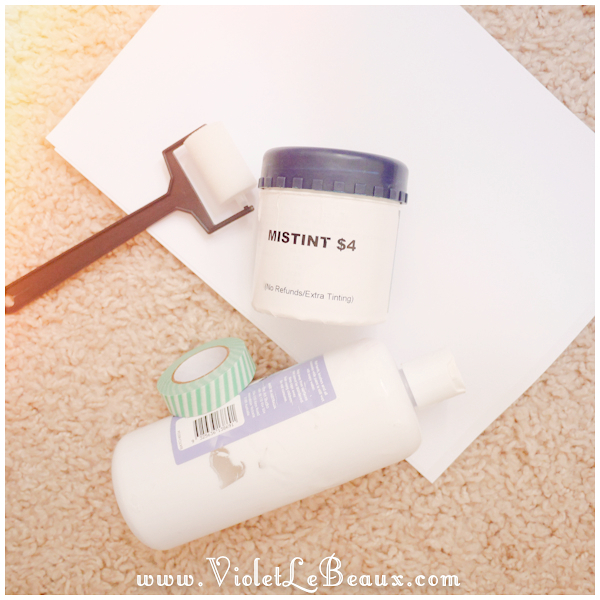
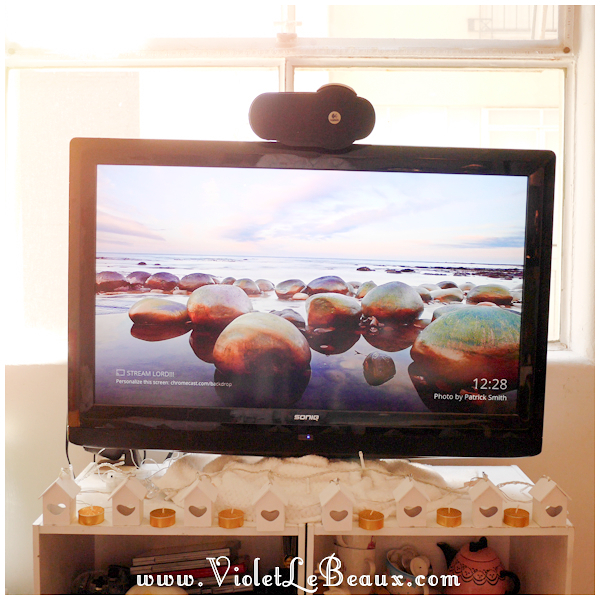
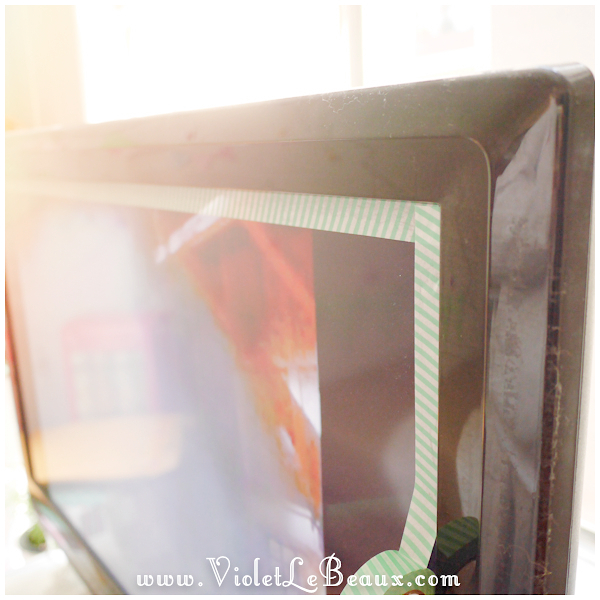
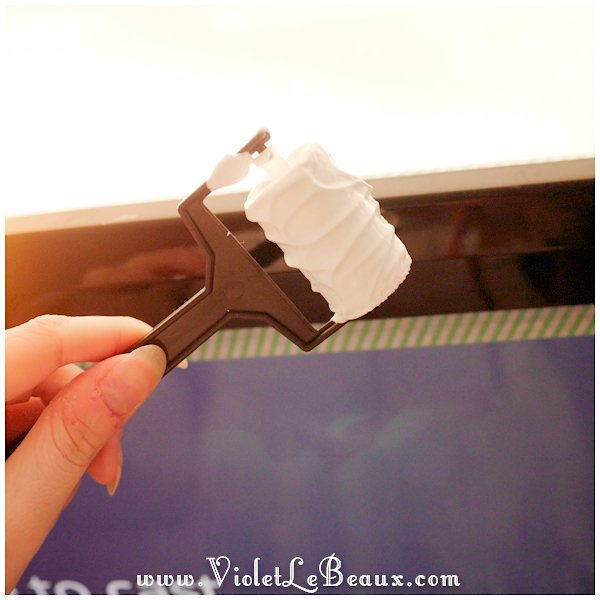
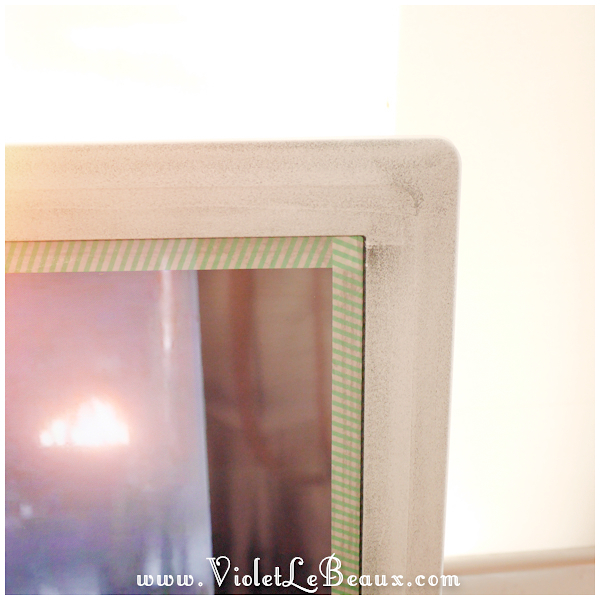
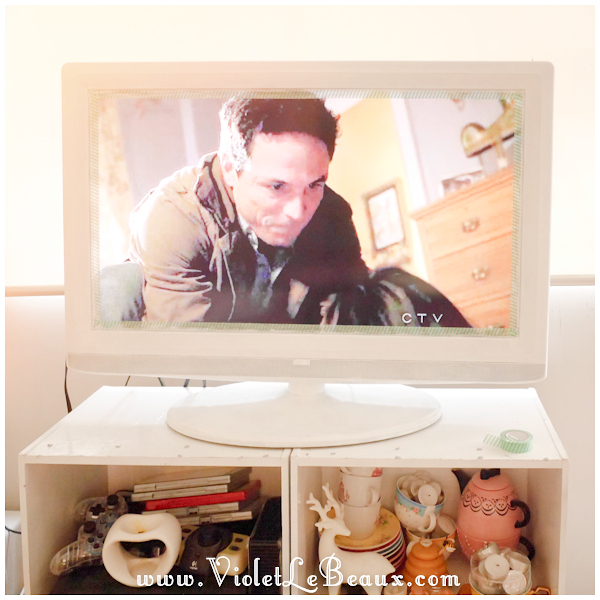
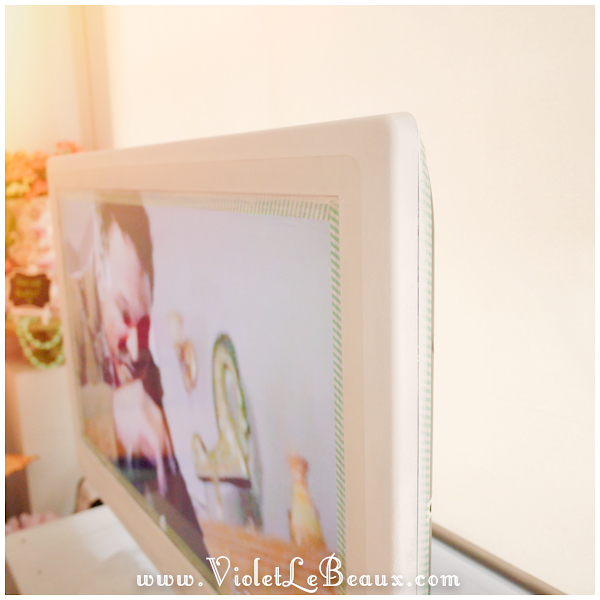
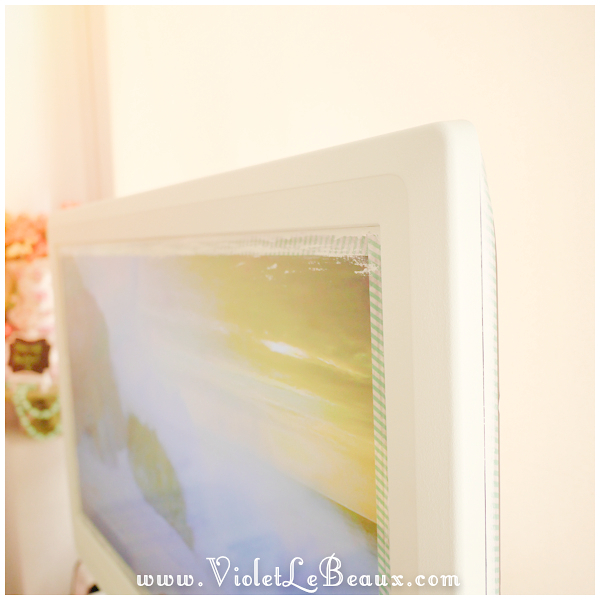
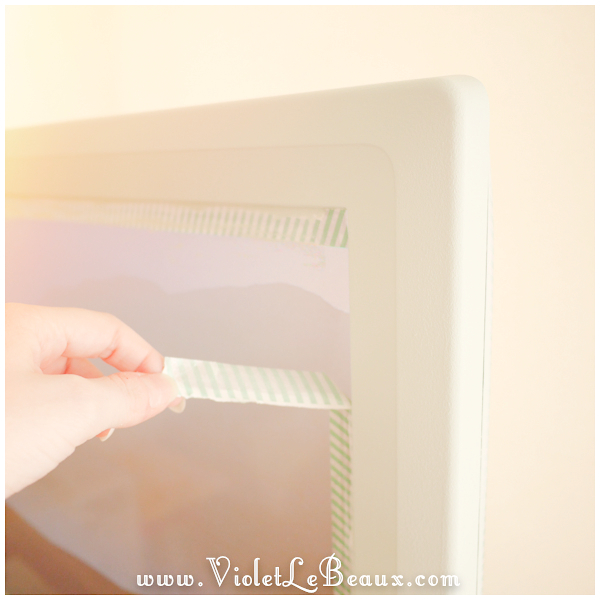
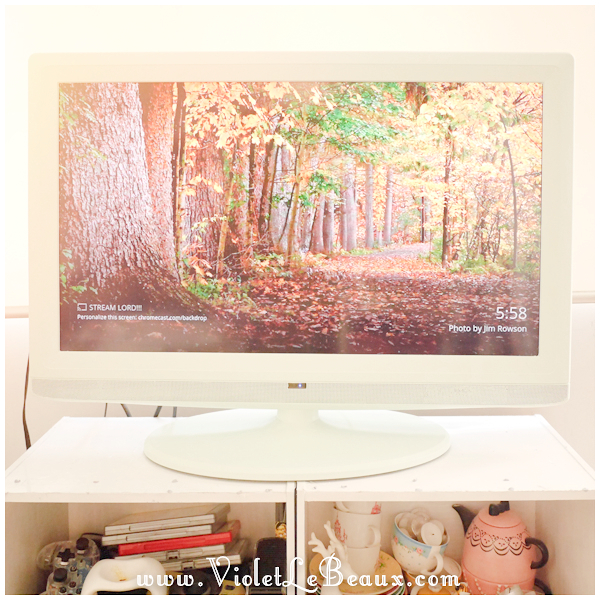
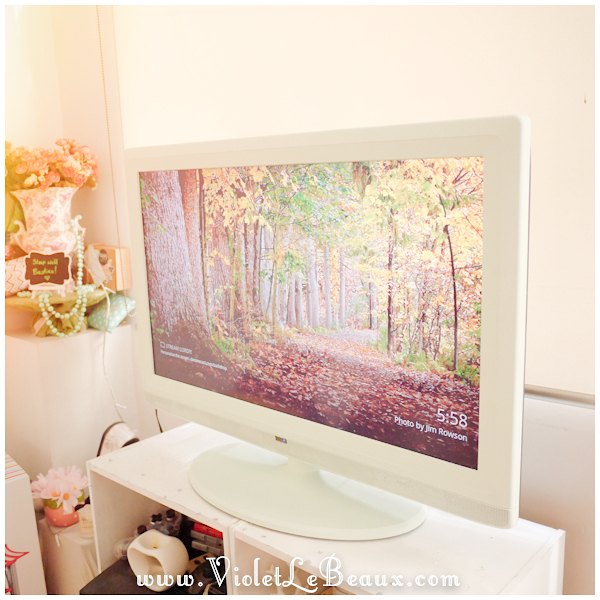
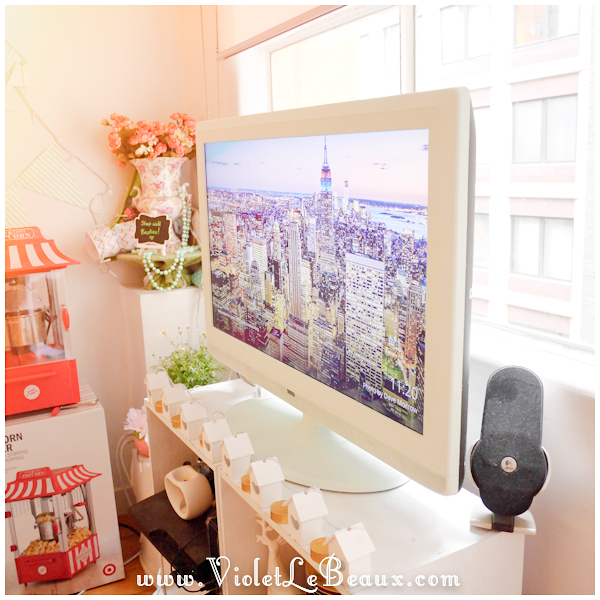






















.png)



















